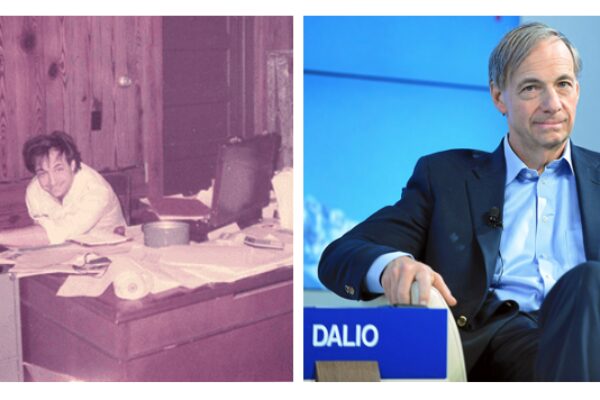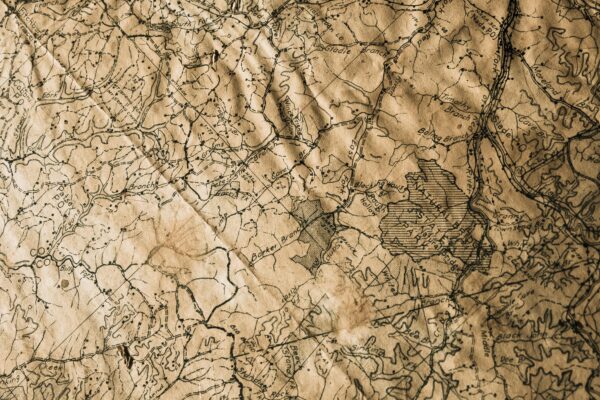
How can we see the way large forces shape the world? Social sciences give us frameworks and patterns to understand forces in their separate functions. Economics tells us the difference it makes to have an independent central bank. International Relations teaches what realism means, and what to expect when realists and fundamentalists encounter one another. Often, though, what we want in understanding the world is more than this. We don’t just want to understand the weather patterns that shape a temperate climate and the botany of coniferous trees. We want to look at the forest and understand the many interacting layers that make it work the way it does, the way we see it unfolding as we come to know it through the seasons. Macro-miniatures meet this need. They plumb a specific context to show what shapes it and transforms it over time. Ecologists know this way of thinking well.

The book A World in One Cubic Foot by photographer David Liittschwager looks closely at all the life in one small cubby of the world – the first step to then unfurling how these things came to live together, in this place, in these ways. In business, where there is just as much complexity to be understood in order to see the whys behind the world before us, we need a similar tradition.
For instance, take 1 Plastics Avenue in Pittsfield, Massachusetts, near where I was born: the SABIC Innovative Plastics Plant. The plant was originally built by GE in 1903. Through this “one cubic foot” one sees:
- The rise of plastics and the mass application of materials science in the postwar period, and the way these innovations intertwined with events in history (GE’s Lexanwas used in the bubble helmets of the lunar astronauts)
- The changing nature of the global conglomerate – Jack Welch began his GE career in Pittsfield as a chemical engineer in 1960, and was almost fired in 1963 for an explosion that blew off the roof of a pilot plant
- The shifting currents of energy markets, as booms and busts in petrochemicals changed the economics of the plastics business
- How the economics and politics of energy led to the creation of SABIC (Saudi Basic Industries Corporation), formed in 1976 and now among the world’s 100 largest corporations, which purchased GE’s Plastics unit in 2007
The particular nature of each big force stands out most clearly through the distance of abstraction. The world that is the product of many forces must be understood through the forests of particular realities, the macro-miniatures that show us the grain of how things work.



